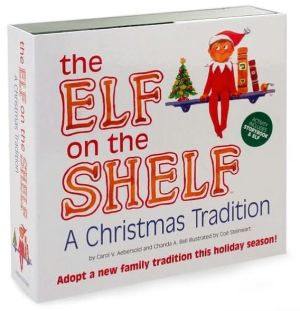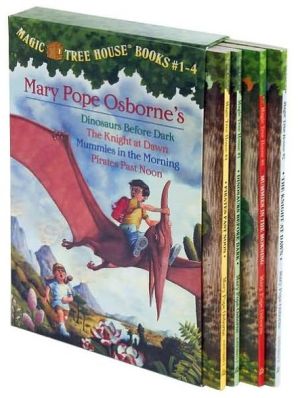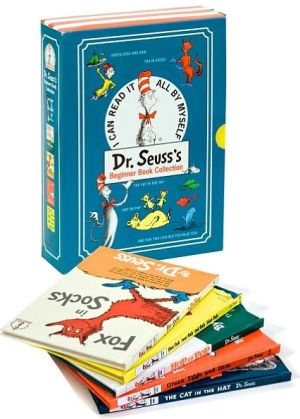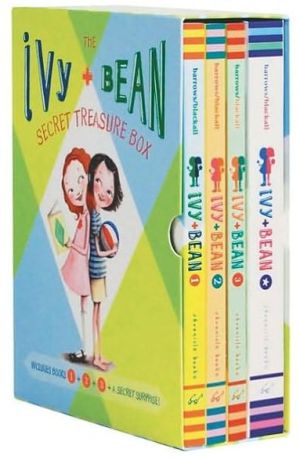Amanda Bean's Amazing Dream: A Mathematical Story
Amanda Bean loves to count everything, from the books in the library to the popcorn in her bowl. If only she could count faster! Her teacher tries to persuade her of the virtues of multiplication, but Amanda remains unconvinced--until she has an amazing dream. Full color.\ \ Amanda loves to count everything, but not until she has an amazing dream does she finally realize that being able to multiply will help her count things faster.\
Search in google:
Amanda Bean loves to count everything, from the books in the library to the popcorn in her bowl. If only she could count faster! Her teacher tries to persuade her of the virtues of multiplication, but Amanda remains unconvinced--until she has an amazing dream. Full color.School Library JournalK-Gr 3-The advantages of multiplication are introduced in a simple story about an African-American girl who loves to count things, both in and out of school, but is unsure how multiplication will speed up the process. After counting the tiles on the kitchen counter and the books on the library shelves, she falls asleep and begins to dream of a calm bike ride in the country. Then, eight sheep on bicycles come zooming by and stop at a barn to get five yarn balls apiece to give to seven grandmothers knitting sweaters. Amanda is overwhelmed by trying to tot up bicycle wheels, sheep legs, knitting needles, and sweater arms-until the sheep and the grandmothers begin shouting, "Multiply!" She awakes, convinced that she wants to learn how. Large, lively, ink-and-watercolor cartoons in cheerful colors are filled with objects to count, from lollipops to windowpanes. A comprehenive guide for adults on the usage of the principles and pictures in the book is included.-Patricia Pearl Dole, formerly at First Presbyterian School, Martinsville, VA
\ From the PublisherEducation World Oklahoma City, OK June 2000\ Multiplication is a tough concept for many kids to grasp.Indeed, many kids learn times tables without fully nderstanding the simple concept that underlies them --that multiplication is an easier form of addition. Now, along comes Amanda Bean -- the poster child for multiplication misunderstanding!\ Amanda loves to count. Her friends even call her "Bean Counter" because she sees everything as a counting challenge. Amanda loves to count so much that she can't seethe sense in learning to multiply -- in spite of the urgings of her parents and teachers, who try to explain how learning to multiply will make the counting process even easier!\ However, as luck would have it, everything changes one night. Amanda is so focused on counting that even her dreams involve counting -- but this night she is so overwhehned by the counting challenges in her dream that multiplication finally makes sense to her. ("Y-a-a-h-h-h!" cheer the sheep in Amanda!s dream when she finally gets it!)\ Amanda Bean's Amazing Dream (produced under the Marilyn Bums Brainy Day Book label by Scholastic Press) was written by Cindy Neuschwander, who also wrote Sir Cumference and the First Round Table. Pen-and-ink and watercolor illustrations by Liza Woodruff add real kid appeal -- not to mention countless opportunities to multiply! And Bums, a nationally known math educator, offers ideas for teaching the principle of multiplication and for extending the story and learning.\ \ \ \ \ \ School Library JournalK-Gr 3-The advantages of multiplication are introduced in a simple story about an African-American girl who loves to count things, both in and out of school, but is unsure how multiplication will speed up the process. After counting the tiles on the kitchen counter and the books on the library shelves, she falls asleep and begins to dream of a calm bike ride in the country. Then, eight sheep on bicycles come zooming by and stop at a barn to get five yarn balls apiece to give to seven grandmothers knitting sweaters. Amanda is overwhelmed by trying to tot up bicycle wheels, sheep legs, knitting needles, and sweater arms-until the sheep and the grandmothers begin shouting, "Multiply!" She awakes, convinced that she wants to learn how. Large, lively, ink-and-watercolor cartoons in cheerful colors are filled with objects to count, from lollipops to windowpanes. A comprehenive guide for adults on the usage of the principles and pictures in the book is included.-Patricia Pearl Dole, formerly at First Presbyterian School, Martinsville, VA\ \ \ Kirkus ReviewsThe protagonist in this story has a sort of low-grade obsessive/compulsive disorder: "I count anything and everything," chirps Amanda. The problem is that Amanda's class is moving on to multiplication and she just doesn't get it. So she keeps counting things one by one until a dream of too many sheep, too many knitting needles, and too many sweaters pushes her over the edge. Amanda's story is the forgettable vehicle for what is really at stake here: to disclose the mysteries of multiplication. While the illustrations make the concept graphically obvious, the text can be confusing: "I know about the multiplication sign, X. It means that things can come in groups, or rows, or columns," but "What I do not know are the multiplication facts." The term multiplication table is avoided, to no positive effect. At the end of the book, Marilyn Burns (The Greedy Triangle, 1995, etc.) does a credible, if prim, job of explaining the broad contexts of multiplication to adults working with children. (Picture book. 6-10)\ \


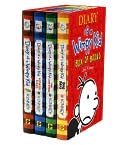
![Tickle Monster Laughter Kit [With Tickle Mitts] Tickle Monster Laughter Kit [With Tickle Mitts]](/application/data/covers/98/35/9781932319835.jpg)
